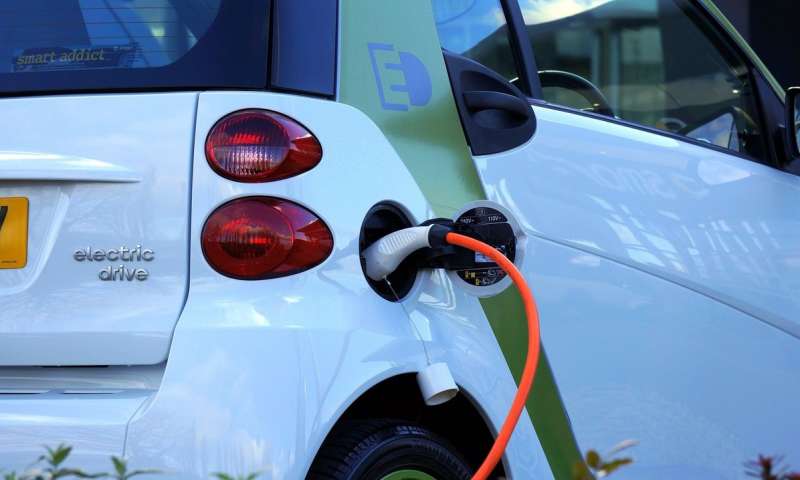
E-fleet

- Title
-
E-fleet: Charging strategies and infrastructure design for transition to electrified fleets
- Start Date
-
1st July 2020
- End Date
-
1st July 2021
- Funding Body
-
SEAI
- Research Host/Partners
-
MaREI, ERI and UCC
- Project Partners
-
University of Alabama
- Principal Investigators
- Project Manager
- Research Area
Introduction
Enabling the transition to electrified transport can be achieved through a convenient and widespread charging network. However, the contribution of this effort to decarbonisation largely depends on the electricity generation mix, since the country’s generation currently heavily relies on fossil fuel sources. Therefore, combining the transition to electrification of transport using renewable sources is paramount to ensuring a more sustainable transportation paradigm. This project addresses the fundamental questions of what type of non-residential charging infrastructure and charging strategies are required to support an Electric Vehicle (EV) fleet in Ireland. In addition, the project seeks to discover ways to maintain a fully integrated charging system from renewable energy sources.
Aim
The proposed project has three main objectives: (i) Building a model that describes optimal design procedures of non-residential charging infrastructure while minimising the expenses from an EV fleet owner perspective. (ii) Developing charging strategies for increased use of renewable energy resources without compromising EV user experience and convenience. (iii) Exploring technical challenges and benefits in an Irish context while transitioning to electrified fleets. The findings and lessons learned from this project will facilitate broader EV adoption in Ireland. As such, the models developed in this project can be adopted by any private or public transport fleet manager to inform transitioning their vehicles towards an electric fleet. The recommendations on feasibility provided through the findings will help policymakers prepare successive national mitigation plans into the next decade and beyond, while also supporting the planning of national distribution and transmission systems.




